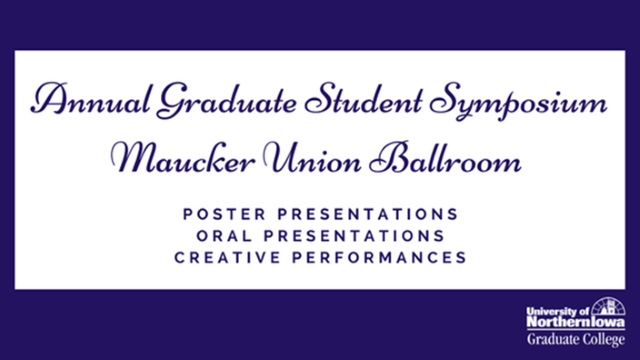
Complete Schedule
Presentation Type
Open Access Poster Presentation
Keywords
Environmental education--Activity programs; Art--Study and teaching (Primary)--Activity programs; Second grade (Education);
Abstract
The integration of art into curricula focused on teaching science is a new perspective in education designed to reach a broader range of students. The current study examined the process of second-grade students participating in science and art activities through qualitative content analysis. The subjects of science and art were not taught to the students separately, rather, students engaged in both subjects simultaneously, in an integrated manner. Participants were 23 second-grade students (11 female and 12 male; age range 7 to 8 years) who were learning about erosion through sketching and creative construction and the work of civil engineers through role-play and exploration of problems they solve. Sources of information for the study included student-reported symbolism for engineering badges, classroom discussions, students’ responses during testing of sand hills, teacher observations, and student writings. Major themes in the process of the students were: connections to prior knowledge of erosion and engineers along with symbols connected to engineers; observing erosion and shapes of the land; integration of art bringing motivation; social learning and teamwork; problem-solving solutions to erosion; making connections between the classroom testing and the real world; and the desire to continue exploring erosion. The lessons emphasized learning through and with the arts, making the lessons engaging and motivating students to continue learning on their own.
Start Date
3-4-2019 11:00 AM
End Date
3-4-2019 1:00 PM
Faculty Advisor
Dr. Christopher Edginton
Department
Department of Health, Recreation, and Community Services
Copyright
©2019 Andrea Anderson
File Format
application/pdf
Embargo Date
4-16-2019
Second Grade Students Learn about Civil Engineers and Erosion
The integration of art into curricula focused on teaching science is a new perspective in education designed to reach a broader range of students. The current study examined the process of second-grade students participating in science and art activities through qualitative content analysis. The subjects of science and art were not taught to the students separately, rather, students engaged in both subjects simultaneously, in an integrated manner. Participants were 23 second-grade students (11 female and 12 male; age range 7 to 8 years) who were learning about erosion through sketching and creative construction and the work of civil engineers through role-play and exploration of problems they solve. Sources of information for the study included student-reported symbolism for engineering badges, classroom discussions, students’ responses during testing of sand hills, teacher observations, and student writings. Major themes in the process of the students were: connections to prior knowledge of erosion and engineers along with symbols connected to engineers; observing erosion and shapes of the land; integration of art bringing motivation; social learning and teamwork; problem-solving solutions to erosion; making connections between the classroom testing and the real world; and the desire to continue exploring erosion. The lessons emphasized learning through and with the arts, making the lessons engaging and motivating students to continue learning on their own.


